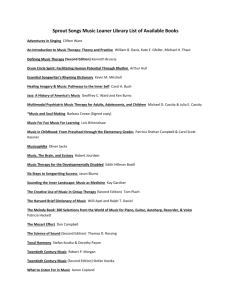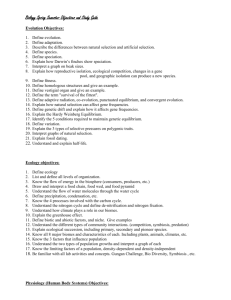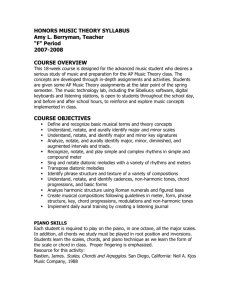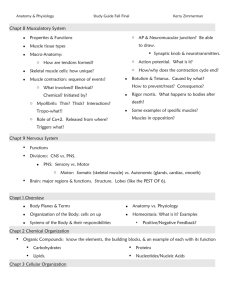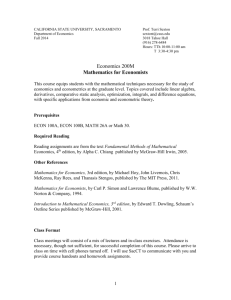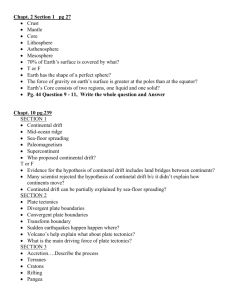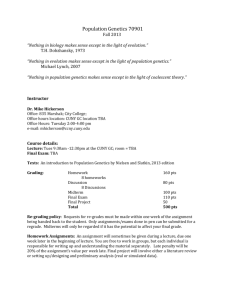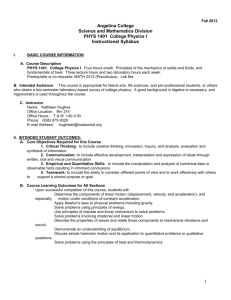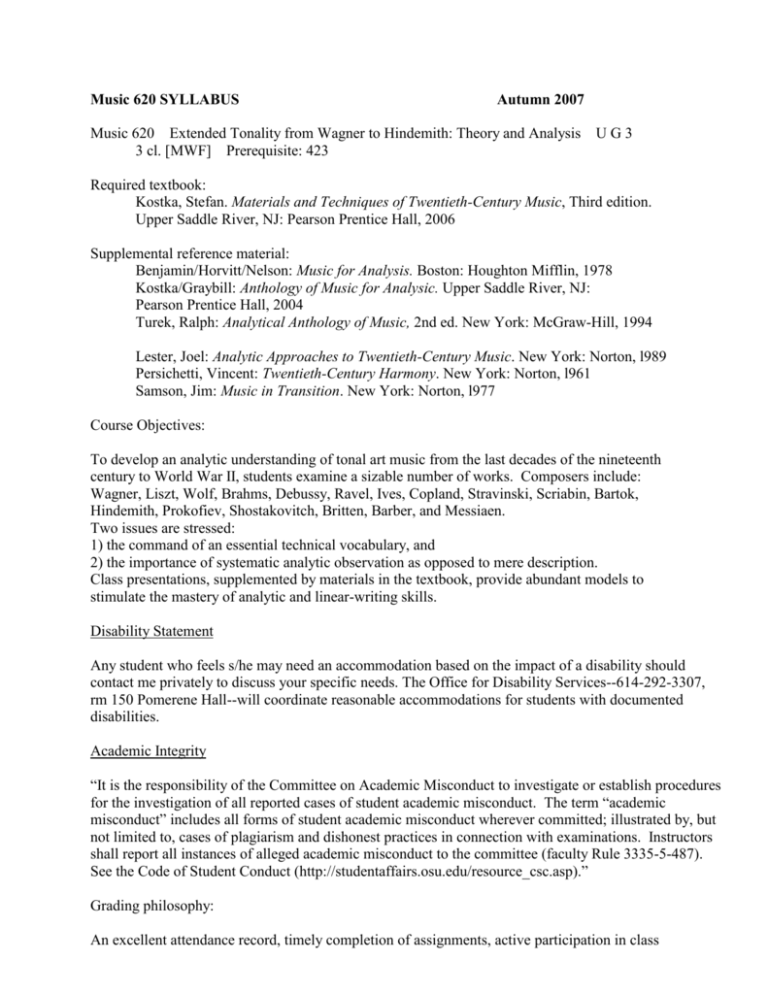
Music 620 SYLLABUS
Autumn 2007
Music 620 Extended Tonality from Wagner to Hindemith: Theory and Analysis
3 cl. [MWF] Prerequisite: 423
UG3
Required textbook:
Kostka, Stefan. Materials and Techniques of Twentieth-Century Music, Third edition.
Upper Saddle River, NJ: Pearson Prentice Hall, 2006
Supplemental reference material:
Benjamin/Horvitt/Nelson: Music for Analysis. Boston: Houghton Mifflin, 1978
Kostka/Graybill: Anthology of Music for Analysic. Upper Saddle River, NJ:
Pearson Prentice Hall, 2004
Turek, Ralph: Analytical Anthology of Music, 2nd ed. New York: McGraw-Hill, 1994
Lester, Joel: Analytic Approaches to Twentieth-Century Music. New York: Norton, l989
Persichetti, Vincent: Twentieth-Century Harmony. New York: Norton, l961
Samson, Jim: Music in Transition. New York: Norton, l977
Course Objectives:
To develop an analytic understanding of tonal art music from the last decades of the nineteenth
century to World War II, students examine a sizable number of works. Composers include:
Wagner, Liszt, Wolf, Brahms, Debussy, Ravel, Ives, Copland, Stravinski, Scriabin, Bartok,
Hindemith, Prokofiev, Shostakovitch, Britten, Barber, and Messiaen.
Two issues are stressed:
1) the command of an essential technical vocabulary, and
2) the importance of systematic analytic observation as opposed to mere description.
Class presentations, supplemented by materials in the textbook, provide abundant models to
stimulate the mastery of analytic and linear-writing skills.
Disability Statement
Any student who feels s/he may need an accommodation based on the impact of a disability should
contact me privately to discuss your specific needs. The Office for Disability Services--614-292-3307,
rm 150 Pomerene Hall--will coordinate reasonable accommodations for students with documented
disabilities.
Academic Integrity
“It is the responsibility of the Committee on Academic Misconduct to investigate or establish procedures
for the investigation of all reported cases of student academic misconduct. The term “academic
misconduct” includes all forms of student academic misconduct wherever committed; illustrated by, but
not limited to, cases of plagiarism and dishonest practices in connection with examinations. Instructors
shall report all instances of alleged academic misconduct to the committee (faculty Rule 3335-5-487).
See the Code of Student Conduct (http://studentaffairs.osu.edu/resource_csc.asp).”
Grading philosophy:
An excellent attendance record, timely completion of assignments, active participation in class
—these are indicators that students are motivated to learn. Although these indicators are very important,
a thorough examination process is needed to assess a student’s attainment level. Ultimately,
demonstrated quality of thought counts most.
Approximate breakdown of grading percentages:
Attendance, participation
Homework
Quizzes and midterm
Analysis Project
Final exam
= 15%
= 25%
= 25%
= 10%
= 25%
Music 620: Tentative Schedule
Autumn 2007
____________________________________________________________________________________
Week:
I.
Orientation
The implications of equal-tempered tuning; absolute enharmonic equivalence.
Mod12 perspectives; movable-0 notation.
Emancipation of dissonance; coloristic vs. functional harmony; tonal ambiguity.
II.
Late 19th-century ultrachromaticism [Kostka, chapt. 1]
Reexamination of the properties of intervals.
Seventh chords as primary referents.
Contrapuntal manipulation; semitonal voice leading; voice-leading chords; the omnibus technique.
III.
Expanded tonal goals. [Kostka, chapt. 1]
Chromatic sequence; exact sequence; essential vs. decorative chromaticism.
Chromatic mediant relationships.
Symmetrical relationships.
IV.
Twentieth-century practices [Kostka, chapt. 2]
Impressionism vs. neoclassicism.
Scales I: church modes; pentatonic scales; hexatonic scales; artificial scales.
V.
Chords I: extended tertian chords; quartal and quintal chords. [Kostka, chapt. 3]
Scriabin’s “mystic” chord(s); whole-tone chords; polychords
Parallelism; layered organization. [Kostka, chapt. 4]
Pandiatonicism. [Kostka, chapt. 5]
VI.
Review and Midterm Exam
Scales II: Octatonic scales; modes of limited transposition. [Kostka, chapt. 2]
VII.
Chords II: tertian chords with added notes; chords with split chord members. [Kostka, chapt. 3]
Mixed-interval chords; tone clusters; “wrong-note” harmony.
Melodic organization; motivic use of pitch-class cells. [Kostka, chapt. 4]
Bi-tonality and polytonality; tonal instability; tonal pillars. [Kostka, chapt. 5]
VIII.
New theories of harmonic progression and centricity.
Hindemith’s tonal system [Kostka, chapt. 5]
IX.
Complexities of rhythm and meter [Kostka, chapt. 6]
Syncopation; additive rhythm.
Changing time signatures; nontraditional signatures; polymeters.
Discussion of the analysis project.
X.
New treatments of form. [Kostka, chapt. 7]
The properties of an effective analytical essay.
XI.
Review of analytical procedures
General Review
Final Exam :
Two hours

